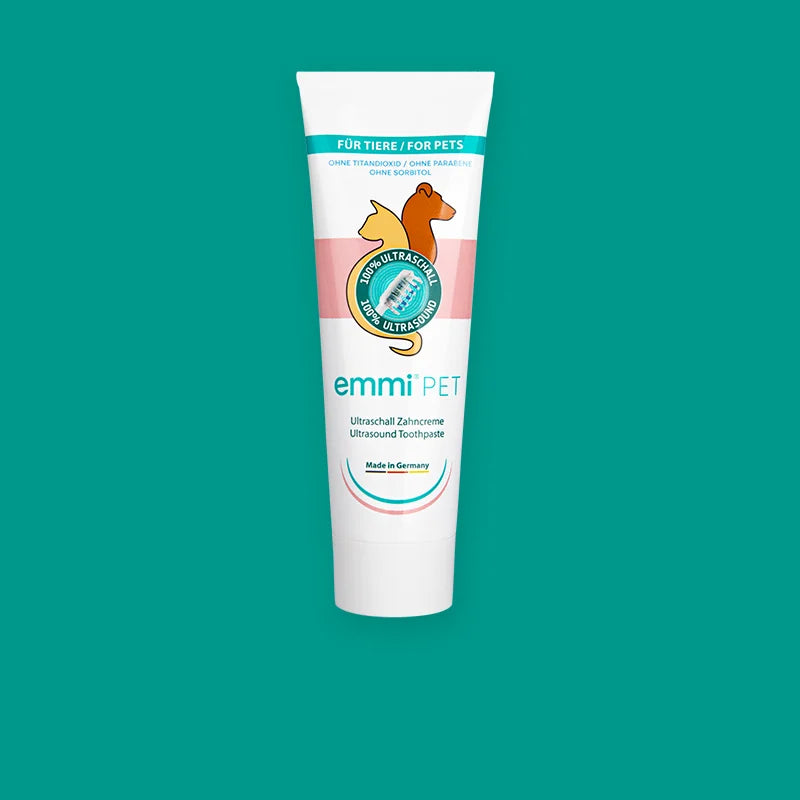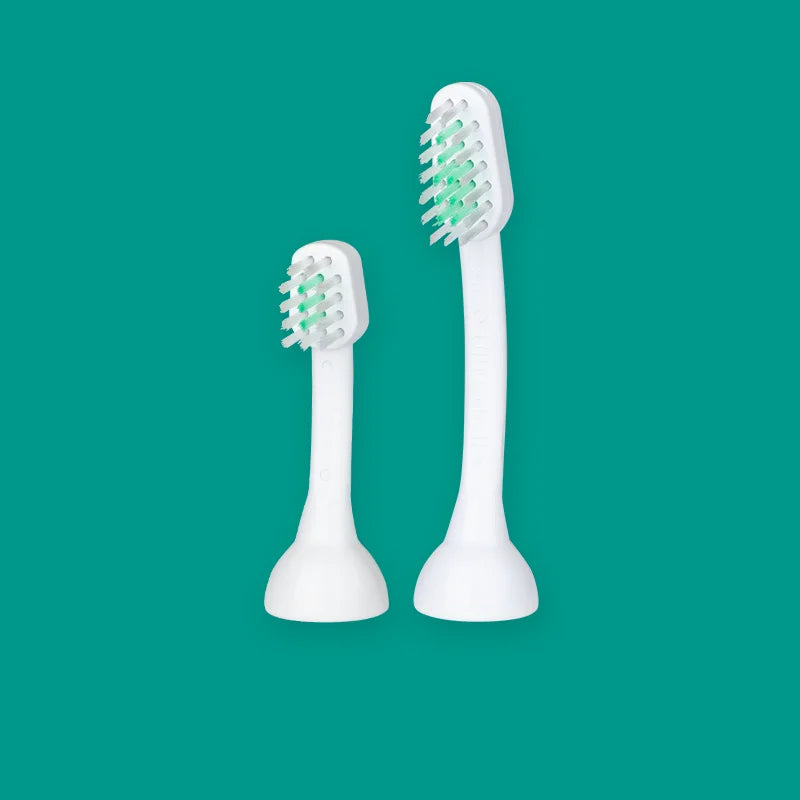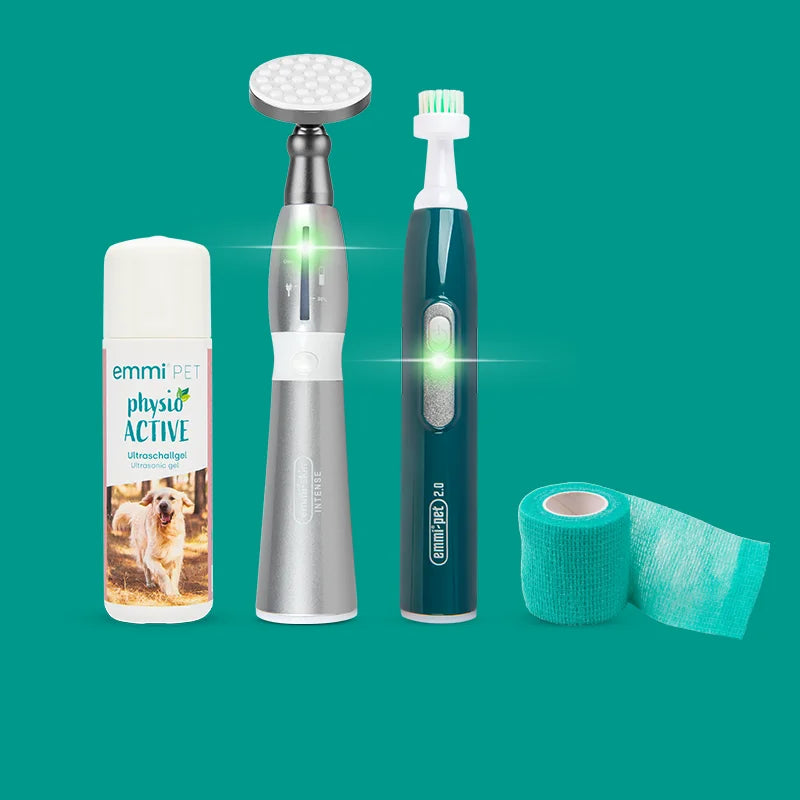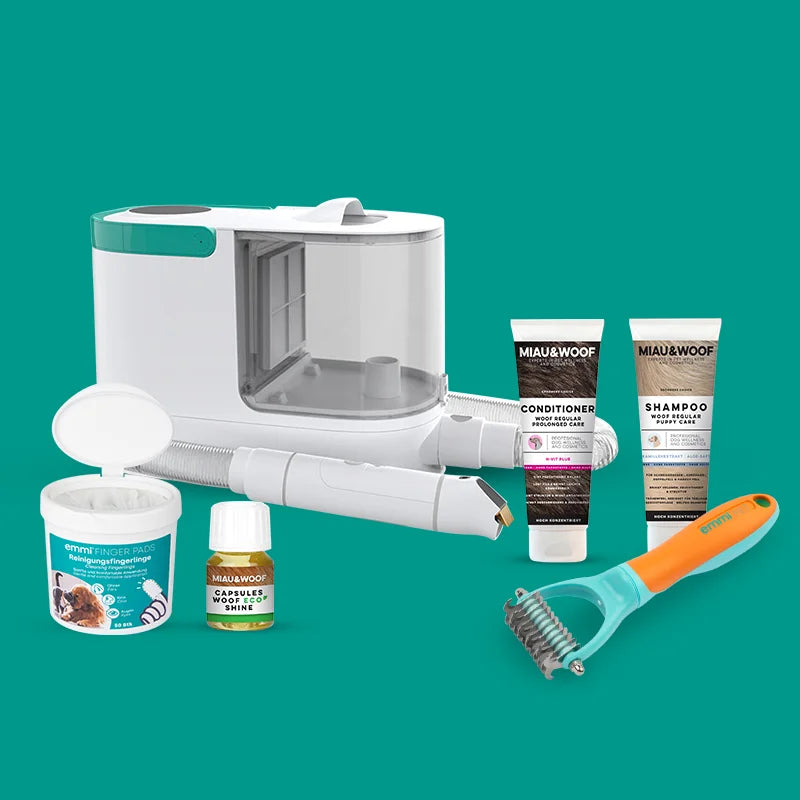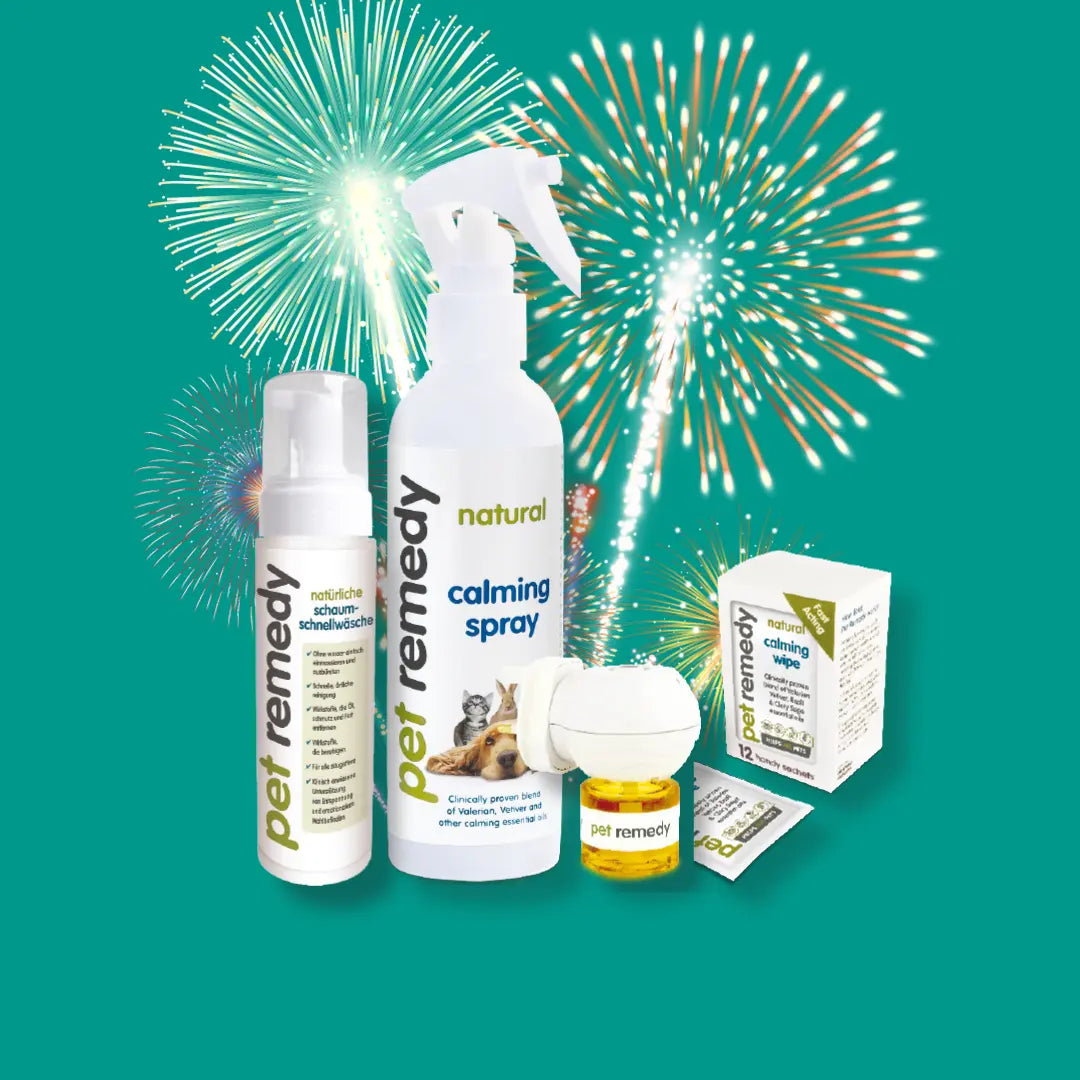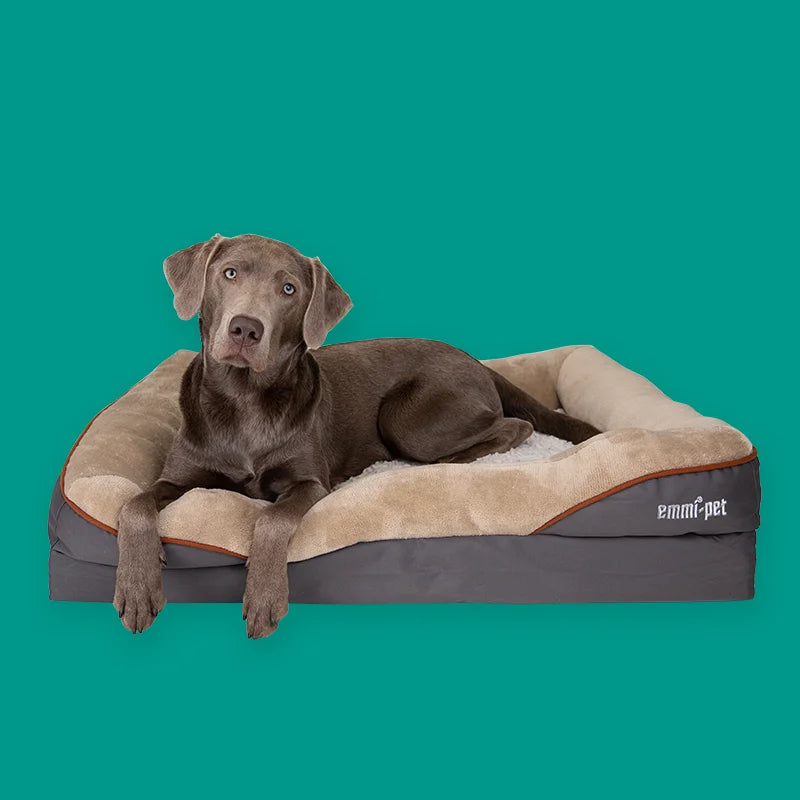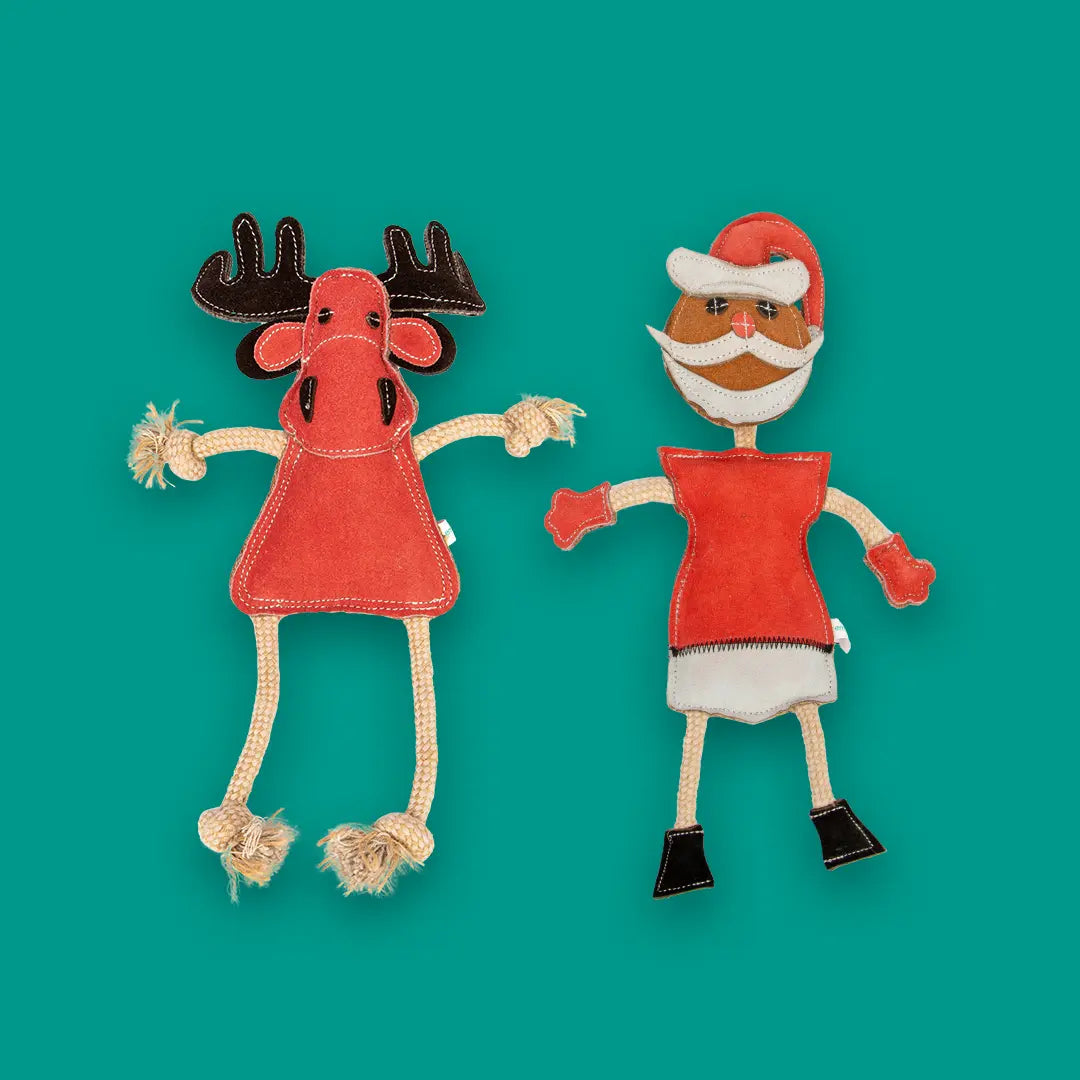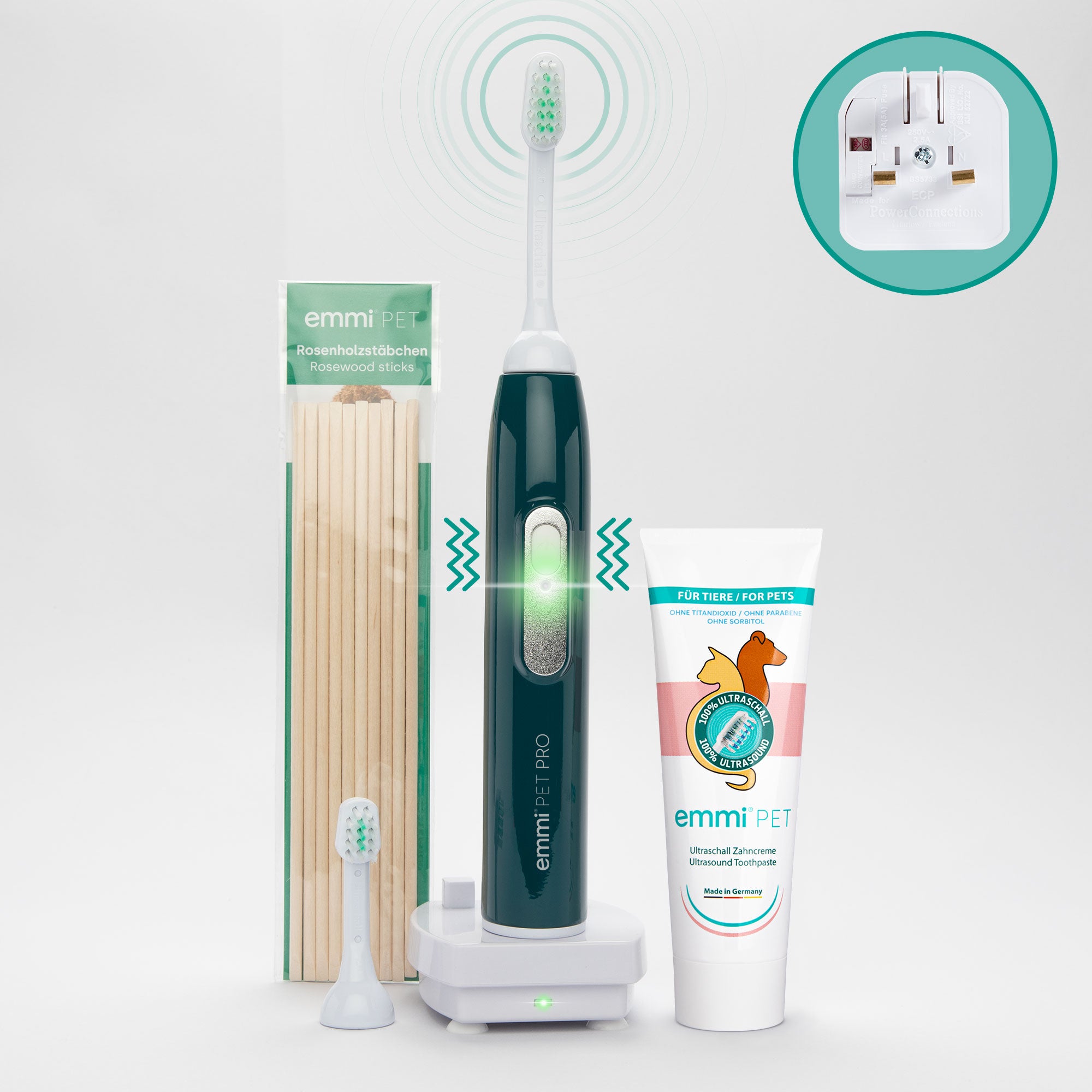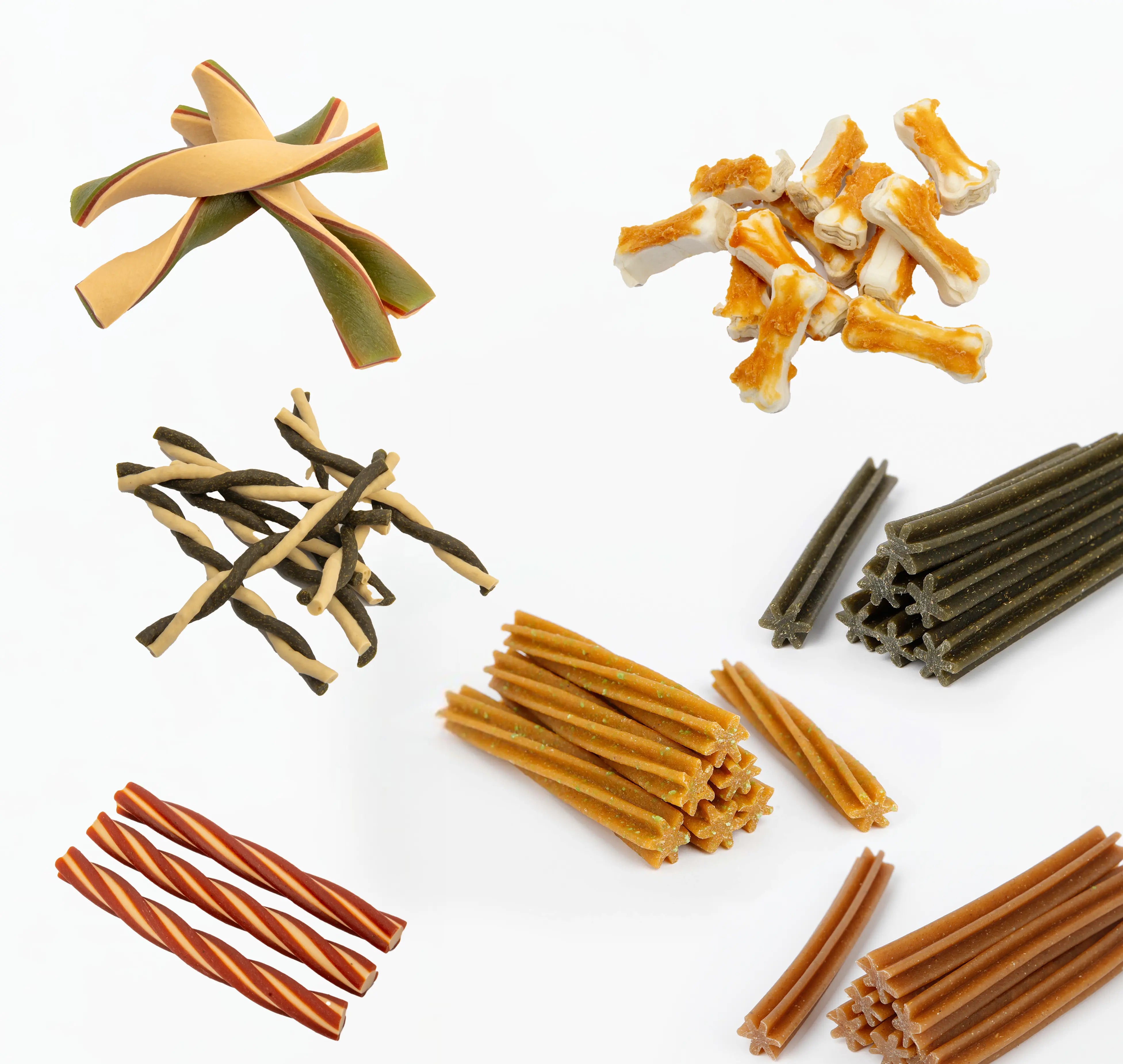If a cat is moving in, some preparations should be made in advance. After all, you want the adjustment to the new home to be as stress-free as possible for your new roommate. To make the adjustment period as pleasant as possible for your cat, you should ensure that stress is avoided initially. You should also avoid a marathon of visits as much as possible. Also, make sure that the cat is n't constantly petted and allow it plenty of quiet time . We'll explain what else you should pay attention to and what preparations you need to make in advance in today's blog post.
Gadgets that no cat household should be without
A cat needs more than just a cat basket!
Even though cats usually spend more than half the day dozing and sleeping, the cat basket isn't the only item that should be present when a cat moves in. Also:
- a basket for transport,
- various toys,
- a way to sharpen the claws,
- a litter box,
- Grooming utensils,
- cat grass,
- and balanced food
are among the things you should take care of before the cat moves in.
The cat bed: When choosing the right cat bed or cat cave, make sure it's large enough and offers your cat plenty of space. Ideally, you should place this sleeping area in a quiet, draft-free location. Keep in mind that not every cat sleeps in its bed. The majority of cats choose their own sleeping spot.
The transport basket: Even when picking up your cat, you can't avoid having a suitable transport basket. You'll also need it later on for taking your cat to the vet or for transporting it safely. When purchasing, make sure the basket or crate is well-ventilated. It should also offer plenty of space, be easy to clean, and be sturdily constructed.
Expert tip: Make your cat comfortable and cover the floor with a fluffy blanket or pillow.
Cat toys: You should already have cat toys in your house before your cat comes home. Ideally, you can drop some of them off with the breeder and then bring them home with your cat. Toys primarily serve as entertainment for cats. Stuffed mice or squeaky objects are popular during the first few months of life. But even simple things like wool or string can pique your cat's interest.
Object for sharpening claws: A scratching board or scratching post should also be a must-have in your home. If you don't provide a place for sharpening claws, don't be surprised if your sofa or other furniture suffers the consequences.
DIY tip: An old rug and a few old wooden boards attached to the wall can also serve as a scratching post for your cat. Make sure the rug is thick enough, though.
Litter box: The litter box is one of the most important items in a cat household. Place your cat's litter box in a very quiet and protected area. Clean it daily, or more often if necessary. You can usually purchase the appropriate scoop along with the litter box. Avoid using chemical cleaners to clean the litter box.
Coat and skin care: Coat and skin care are especially important for cats. Brush your cat regularly. Especially if your cat is a long-haired breed, you should brush it daily to prevent matting. For skin care, we recommend our emmi®-pet Skin Care Set . You should also consider dental care right from the start. Use our emmi®-pet Dental Care Set to protect your cat's teeth from harmful bacteria. Conveniently, this set also includes the accessories needed for coat care.
Cat grass: Cats love fresh grass. Grass helps cats digest their fur, making it easier for them to bind up and spit out swallowed hair from grooming. So, be sure to buy cat grass, too.
Balanced food: Buy food in advance! It's best to consult with your breeder or previous owners. Not every cat likes every food. Here, you'll need to rely on the previous owners' experience. You should also choose a bowl and water dish that match the food. A cat water bowl or fountain are popular choices. Of course, you should also have treats on hand. These can brighten up your cat's day, especially during the acclimation phase. Assign your cat a designated feeding spot. A washable mat is not only particularly hygienic but can also be helpful.

